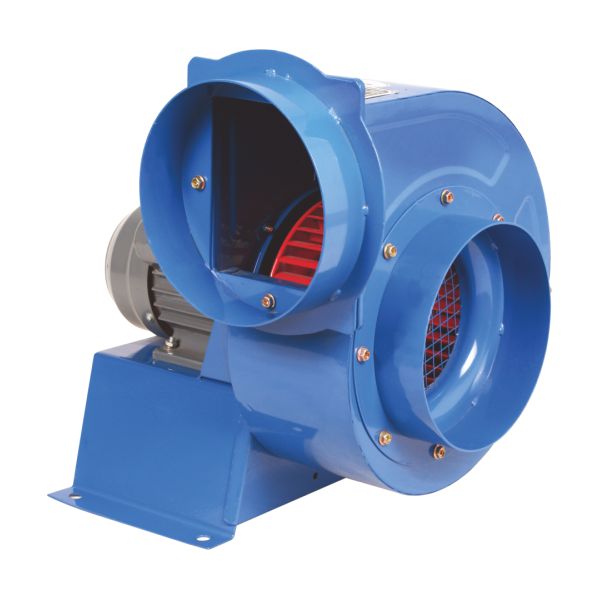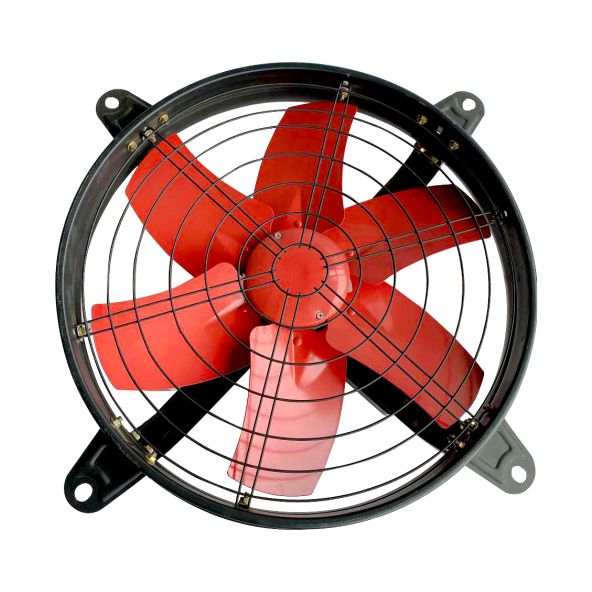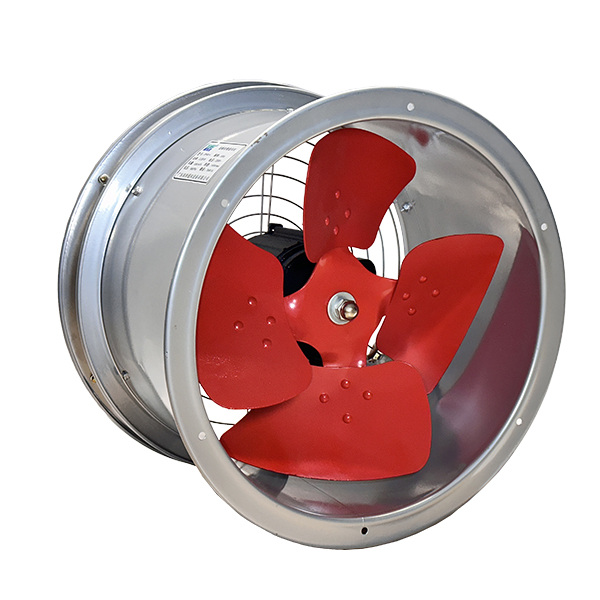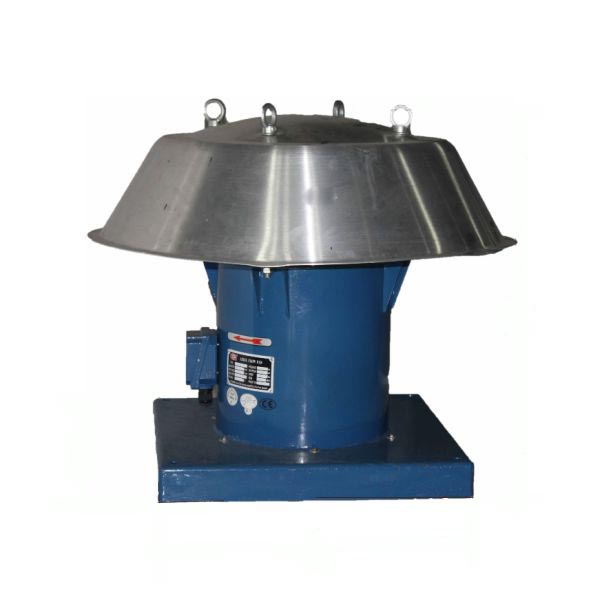CF Series Forward Curved Impellers Centrifugal Fan Blower
CF Series centrifugal fan is often used in kitchen exhaust and fume extraction, suitable for ventilation and fume extraction in public places such as canteen, hotel, restaurant , and so on.

CF Series centrifugal fan is often used in kitchen exhaust and fume extraction, suitable for ventilation and fume extraction in public places such as canteen, hotel, restaurant , and so on.

The FC series industrial window exhaust fan is compact in design, small in size and light in weight, and is especially suitable for arrangement in limited space.

The SF Series tube axial fan is an efficient, low noise ventilation equipment, widely used in a variety of ventilation, heat dissipation and noise control scenarios.
Guangdong Gaoze Ventilation Equipment Co.,Ltd.
DWT-I Series Steel Roof Axial Fan

1.Typical Feature and Application
DWT-I roof exhaust fan has large air volume and good ventilation effect.
The hood of the DWT-I roof exhaust fan is made of fiberglass steel, and the cylinder is made of steel material with strong hardness and is not afraid of wind and rain.
DWT-I roof exhaust fan has the characteristics of beautiful appearance and weather resistance.
DWT-I roof exhaust fan installation does not occupy indoor space, the site requirements are low.
The selection of DWT-I roof exhaust fan generally does not require air pipes, and the installation and maintenance are relatively simple.
The DWT-I roof exhaust fan has 300mm, 350mm, 400mm, 500mm, 600mm, 700mm, 800mm, 900mm, 1000mm, Nine different sizes, can be customized different sizes.
2. Performance Range
Fan Type | DWT-I Series Steel Roof Axial Fan |
Certificate | CE,CCC |
Electricity Current Type | AC(Alternating Current) |
Voltage | 380V |
Frequency | 50HZ |
Power | 0.55KW-4KW |
Speed | 720 to 2900 RPM |
Air Volume | 4650m³/h up to 36680 m³/h |
Motor | Standard Motor |
3.Product Description
DWT-I roof exhaust fan is a common ventilation fan installed on the roof, which is a special fan in the axial fan category, and the working principle is the same as the axial fan.
The gas transported by the DWT-I roof exhaust fan is not allowed to contain viscous substances
The dust and hard particles contained in the gas transported by the DWT-I roof exhaust fan are ≤150mg/m3
The temperature of the gas transported by the DWT-I roof exhaust fan is less than 60 ° C, and the relative humidity is less than 100%
DWT-I roof exhaust fan is widely used in petroleum, chemical, textile, metallurgy, power plant, machine workshop, laboratory, warehouse, pharmaceutical, food processing and other industrial and mining enterprises, as the main air supply and exhaust equipment.
4.Fan Operation
Before installing the industrial roof exhaust fan, check whether the fan is damaged or deformed due to packaging and transportation. If it is damaged and deformed, repair it before installing it.
When installing industrial roof exhaust fan, pay attention to check whether the connecting parts are loose, and the clearance between the blades and the fan should be uniform without scratches.
The base of the industrial roof exhaust fan must be naturally connected with the foundation plane, and must not be forcibly connected by knocking to prevent the deformation of the base. The installation should be kept in a horizontal position.
After the installation of the industrial roof exhaust fan, it must be tested first, and it can be officially used after normal operation.
5.Fan Maintain
Regularly remove dust and dirt on the surface of the roof fan to avoid affecting the heat dissipation and performance of the roof fan.
Ensure that the inlet and outlet of the roof fanare unimpeded to avoid debris blockage affecting the normal flow of air.
Regularly check the electrical connections of the roof vent fan, including power cables, control cables and motor wiring, etc., to ensure that all connections are firm and reliable, and there is no loose or damaged phenomenon.
6.Technical Specification
Model (No.) | Voltage | Frequency | Power | Revolution | Air Flow | Wind pressure |
| (V) | (HZ) | (KW) | (rpm) | (m3/h) | (Pa) | |
| 3A | 220/380 | 50 | 0.55 | 2900 | 4650 | 300 |
| 3.5A | 220/380 | 50 | 0.75 | 2900 | 6540 | 380 |
| 4A | 220/380 | 50 | 1.5 | 2900 | 8230 | 438 |
| 5A | 220/380 | 50 | 0.75 | 1450 | 8050 | 150 |
| 380 | 50 | 1.5 | 1450 | 9300 | 196 | |
| 380 | 50 | 2.2 | 2900 | 11832 | 515 | |
| 6A | 380 | 50 | 2.2 | 1450 | 15000 | 260 |
| 380 | 50 | 0.75 | 960 | 10900 | 117 | |
| 7A | 380 | 50 | 3 | 1450 | 18510 | 280 |
| 380 | 50 | 2.2 | 960 | 17500 | 158 | |
| 8A | 380 | 50 | 4 | 1450 | 36680 | 440 |
| 380 | 50 | 2.2 | 960 | 25613 | 210 | |
| 380 | 50 | 1.5 | 720 | 20615 | 185 | |
| 9A | 380 | 50 | 3 | 960 | 30200 | 260 |
| 10A | 380 | 50 | 4 | 960 | 32000 | 280 |
| 380 | 50 | 3 | 720 | 29800 | 220 |
7.Packing Detail
Film Packing: a cost-effective packing method, it is suggested when order is one full container.
Plywood Box Packing: more safe packing, it is suggested when order is not enough one full container.